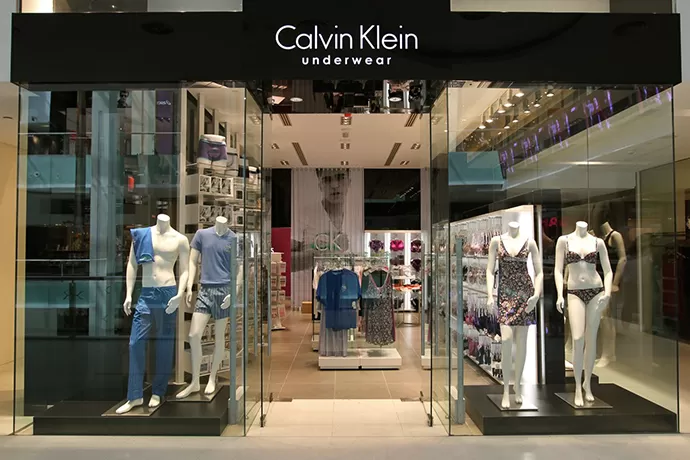When creating a call-to-action, it is essential to be mindful that email is a push channel and the website is a pull channel —a key difference oft-forgotten when creating call-to-actions for emails.
With a pull channel such as a website, customers are there because they want to complete a task they have set themselves, and have a mission to fulfil—whether it’s researching or buying. Whereas with a push channel such as email, we, the marketer, are pushing offers to them, using suggestions like – “Would you like,” or “Why not consider?”
How Hyper-personalisation Email Delivers the Highest ROI
Not so however with emails. These exclusively deliver customer-centric, personal missives directly to each consumer. Indeed hyper-personalisation solution emails take this further as the content product choices are based on each consumer’s own personal buying history and browsing impressions. Thereby softening the hitherto distinct difference between the two camps, one intrusive, one invited.
Simply put, this means that the consumer is more likely to be closer to the top of the purchase funnel with email, rather than a search or your website. It all has to do with intent. So why is this important to keep in mind when crafting a call-to-action for email?
Simply because call-to-actions are the response trigger, we need to ensure that we’re asking prospects to take the most appropriate action based on where they are within the purchase funnel. If the trigger isn’t appropriate, they’re less likely to convert. AI machine learning hyper-personalisation in email is the most advanced email marketing available using an advanced analytics system. According to the likes of Forbes and McKinsey, it delivers the highest ROI in marketing.
For example, if you ask “buy now” within an email, you would probably see fewer conversions than if you simply used hyper-personalisation to ensure that the product selection offering was most relevant to that individual. By utilising their familiarity with your website, reflected in the product selections used in the email content used, you are welcomed into a coveted cloister, the consumer’s mind.
This could not be closer to each consumer, a door to their synapse. This has the tremendous effect of multiple increases across transaction rates – after all, you are already accepted and trusted by them.
Then not only is “check out what’s new” an easier task for them, but it is more appropriate for where they are in their customer journey, it effectively says to them “We are with you, we know you, you are important to us”.
If they don’t have a burning desire for the product being presented, it is perceived as an old friend saying “Hey, I know you like this”, they are far more receptive and far less aggravated.
Once we’ve succeeded in converting your consumers to click, they’ve now been taken to your website, to that individual product with the cart functionality prepared, where you aim to convert them to the final objective: making the purchase.
Their interest has been peeked, and they are already further down the road than they know.
Keep all this in mind, and you’re more likely to guide prospects through the buying journey toward a conversion.





